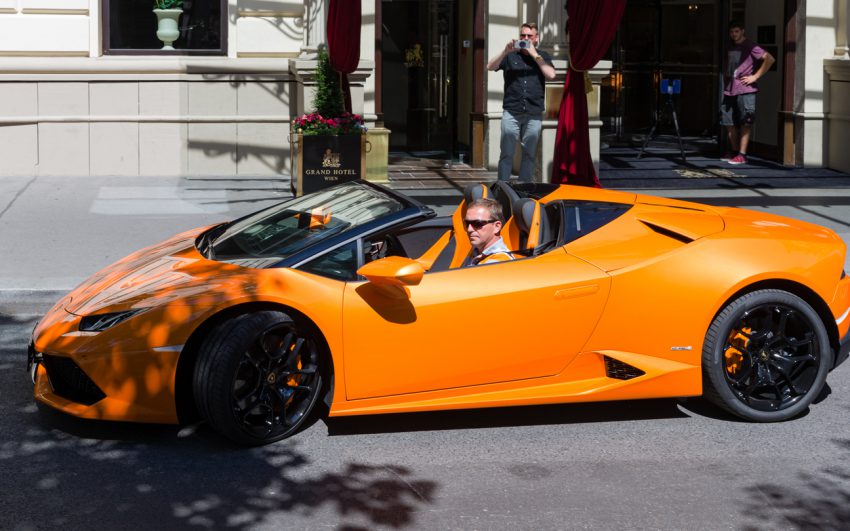
The government is trialling noise cameras in a bid to cut down on anti-social drivers with overly loud exhausts.
The cameras have been tested throughout the UK and the scheme’s £300,000 second phase is now being rolled out in areas that have a problem with noise.
Cameras will be installed in Bradford, Birmingham, Bristol and Great Yarmouth over the next two months. Boy racers driving cars with aftermarket and often illegally loud exhausts blight all the areas.
How do noise cameras work?
The cameras combine a video camera with microphones. Pre-defined noise limits to measure and record the sound levels of passing vehicles trigger the cameras. Like speed cameras, they then use Automatic Number Plate Recognition (ANPR) cameras to snap offending cars.
The result is a digital package of evidence that police can use to fine drivers and get them to rectify their cars.
Again like speed cameras, the police don’t have to be present but the cameras can provide real-time reports if necessary. Police then send a letter requiring the vehicle’s registered keeper to check, repair or replace their exhaust within a specified time.
How is noise measured currently?
If police officers judge cars to be overly noisy, the vehicle probably doesn’t comply with The Road Vehicles (Construction and Use) Regulations 1986. Police will give the owner notice to repair or replace their exhaust so that it’s compliant.
Overly noisy cars enable authorities to hit the driver with a £50 fine. Police can also demand that the owner takes the vehicle off the road until the exhaust has been rectified.

Are there currently noise cameras?
The London Borough of Kensington and Chelsea installed its own noise camera. It came after complaints from residents about drivers loudly revving the engines of flash supercars.
Between June 2021 and February 2022, almost 10,000 vehicles triggered the camera. Of those, 118 were BMWs, followed by Lamborghinis, Mercedes, Ferraris, Audis and Porsches.
One Lamborghini was recorded at 112.9dB(A) – exceeding the legal limit by more than 50 per cent. That noise is the equivalent to a rock concert. Prolonged exposure to that level of noise can result in permanent hearing damage.
What the law says
Currently the limit for passenger and goods vehicles ranges between 72 decibels and 80 dB(A). By 2026, most new passenger cars will have a 68 dB(A) cap. The limit for motorbikes is a maximum 80 dB(A) for the most powerful.
Doesn’t the MOT test for noise?
The annual MOT does test for noise, as well as exhaust emissions. Testers rev the engine to roughly 2,500rpm or half the top engine speed (diesels are usually lower revving). The law says that the vehicle’s exhaust note should not be excessively higher than the noise from a similar vehicle with a standard silencer in good condition.
Why are noisy exhausts a problem?
Experts estimate the cost of urban road noise, including lost productivity through disturbed sleep, to be around £10 billion a year. MPs from across the country applied to host the noise camera trials. If this second phase of the trial is successful, camera roll-out could be nationwide.
Noise Abatement Society chief executive Gloria Elliott welcomed the move. She said: “Communities across the UK are increasingly suffering from this entirely avoidable blight. We applaud rigorous, effective, evidence-based solutions to address this issue and protect the public.”
Why are motorcycles allowed to so much noisier? They are generally them same type of engine only smaller! Also they don’t have Cats!
Apauling behaviour by senseless car & Motorbike drivers. We have dozens of motorbike “L” riders who keep revving engines whilst crossroads are used. The 1 Mile road length from East road to west is continuously drowning any way of talking to friends or guests in our 3rd floor apartment in TORQUAY.
The police seem inoperative towards us complaining. Someone will be knocked down or killed by cars & Bikes going in a 30mph area at 50/60mph at full throttle. Shame on them for not considering us residents.